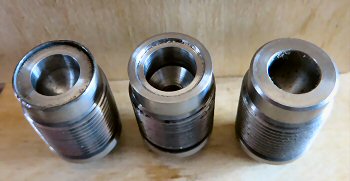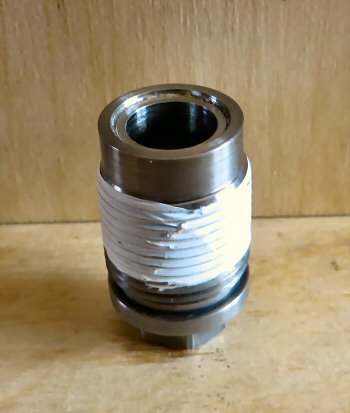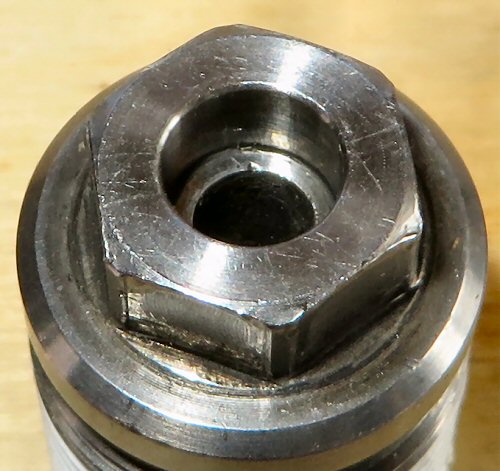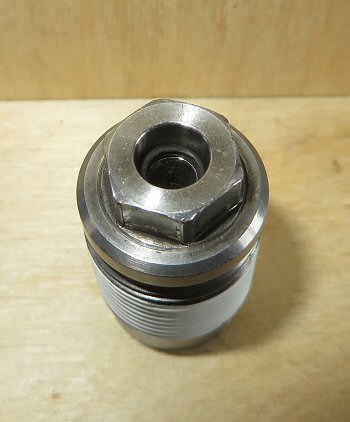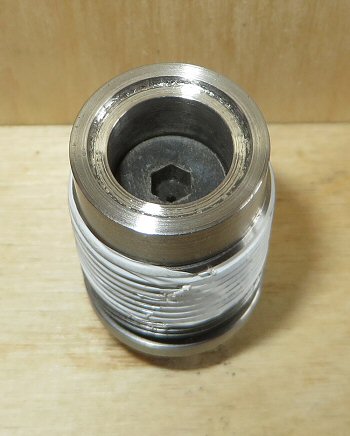ENCORE50A said:
.......Ron just tested one of his rifles breech plugs (reported elsewhere) He reported he checked it multiple times and indicates his normal torque procedure is about 38 inch pounds.
Normally, upon returning home from shooting a rifle, it is placed in a vise, the breech plug is removed, and the rifle cleaned. To remove, and install the breech plug, a short 1/4" ratchet is used, along with an extension, and a socket. When installing the plug, it is turned in to the rifle until it hits bottom, and it is 'tightened'. No torque measurements are made.
The other evening i used a torque driver, that i use to install scopes, and stocks, to install a breech plug. Evidently it had been last used to install rings, because it was set for 22 inch pounds. After using the torque driver to install the plug, i put the normal tool to work, and used the short 1/4" ratchet to 'tighten' the plug. The ratchet turned the plug quite a ways, and made it tighter. Then the torque setting was increased to 24 inch pounds, and the plug was installed again using the torque driver. Once again the plug was tightened further using the ratchet. Increasing the torque settings on the driver in steps, the plug was installed, and tightened using the ratchet. Each time, the ratchet made the plug tighter.
When the torque setting on the driver was 36 inch pounds, the ratchet made very little 'extra tightening' of the plug. When the torque setting was increased to 38 inch pounds, the ratchet did nothing.
My assumption is, that my normal way of seating breech plugs, tightens them to about 38 inch pounds.





